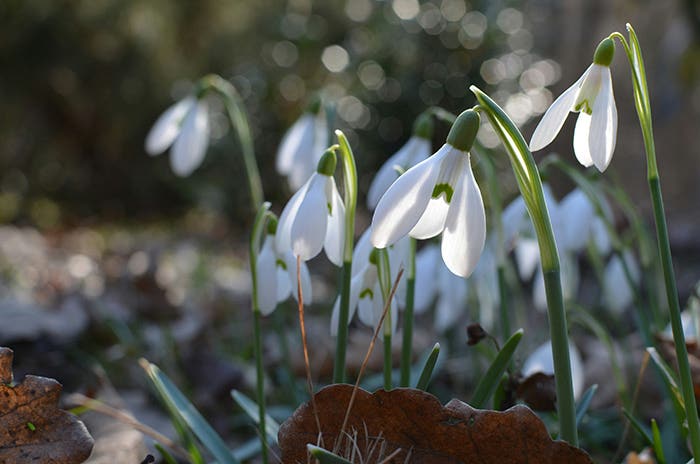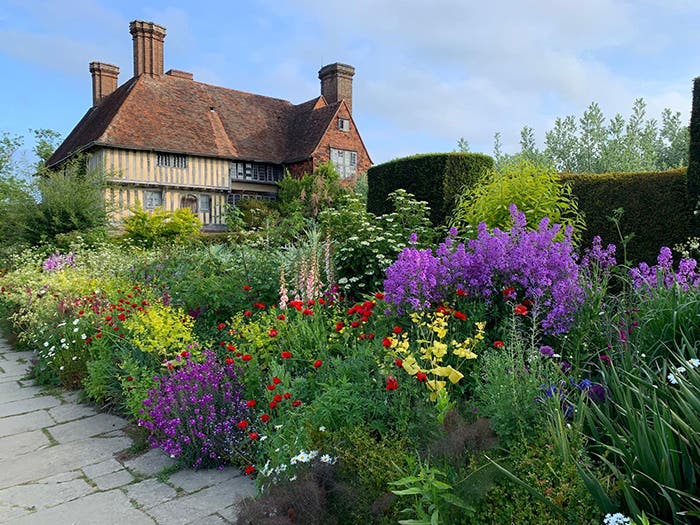Gardens in Stone
Gardens inspire artists in all media. From wallpaper to ceramic tiles, from fabrics to oil paintings, gardens and plants are everywhere—including stone work. It is the garden depicted in stone that I am most drawn to.
Gardens inspire artists in all media. From wallpaper to ceramic tiles, from fabrics to oil paintings, gardens and plants are everywhere—including stone work. It is the garden depicted in stone that I am most drawn to.
During my garden trip to New York City I sought out traditional gardens as well as gardens not rooted in soil. In Central Park I explored the Conservatory Garden and Shakespeare Garden. I found the greatest abundance of gardens in stone at Bethesda Terrace. At first glance you can see how significantly gardens and nature inspired Jacob Wrey Mould, the architect with an extraordinary gift for embellishment who made the terrace the grand piece that it is.
Originally Fredrick Law Olmsted and Calvert Vaux placed the inclusion of buildings way down on the list of Central Park priorities, with nature taking slots one, two and three. But over time both men agreed that the terrace would add much to the park. Vaux designed the overall architecture of the terrace and Mould created the amazingly detailed nature-inspired ornamentation.
In keeping with true Olmsted style, Bethesda Terrace, despite is grandeur, does not dominate Central Park; rather it is tucked into the landscape. The best way to experience the terrace is to slowly descend one of the two grand staircases leading from the upper level to the Bethesda Fountain plaza. On either side you will find stone richly embellished with birds and plant life (top photo). If that does not impress, then one of the stone panels depicting the seasons surely will.
If a jaunt to New York City is not in your near future, then consider a trek through an older cemetery to find gardens etched in stone. You’ll most likely find headstones adorned in flowers, vines and bouquets. When I travel, I always scout out the local historic cemetery, but my favorite by far is Spring Grove Cemetery and Arboretum, located in my hometown of Cincinnati. Established in the mid 1840s, the 400-plus developed acres contain many historic headstones.
The symbolism of these stone gardens is quite fascinating. The acanthus leaf, an image we are very familiar with, is represented in beautiful detail (left photo). Historians say the acanthus leaf was used in funerary art as early as the 5th century BCE. In headstones, the leaf's thorns and prickly texture represents the not-so-easy journey we experience in life and our final triumph over said life. The palm tree, a Roman symbol of victory, was adopted by Christians to represent their triumph over death. There are many, many more plants in stone including grape vines, olive branches, wheat and daffodils, to name just a few.
For more information on gardens in stone, visit Jennifer’s blog, The Garden Life.






